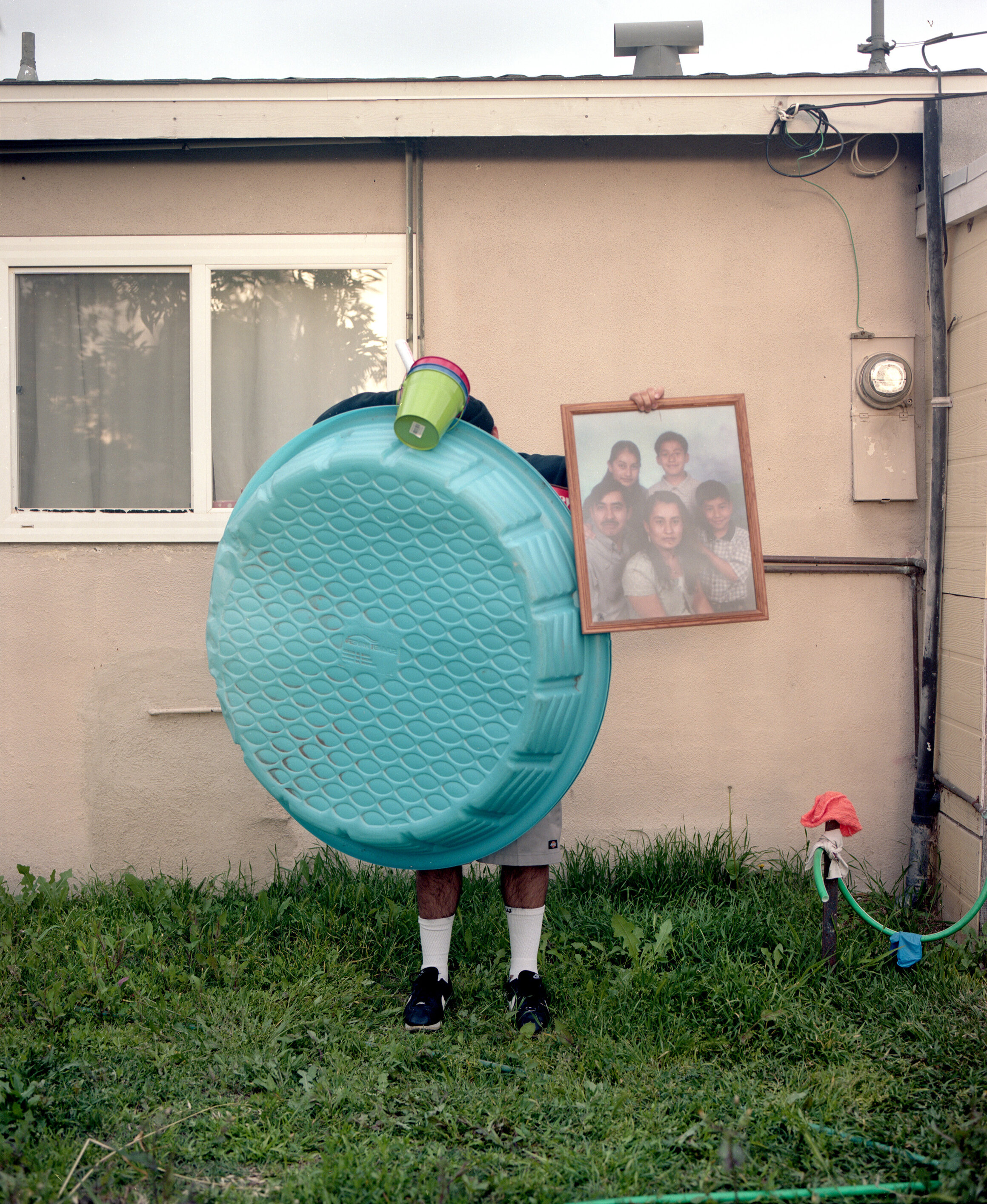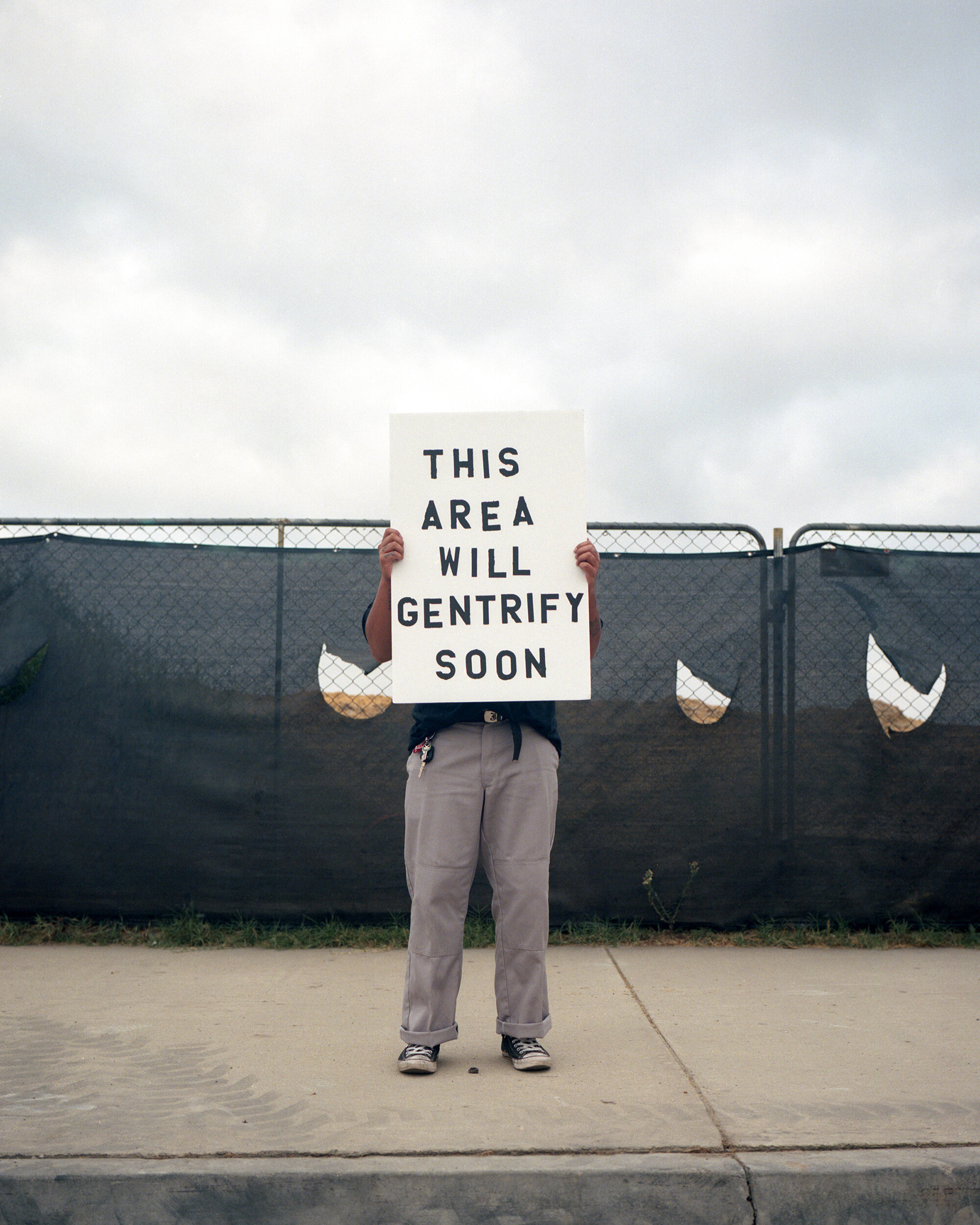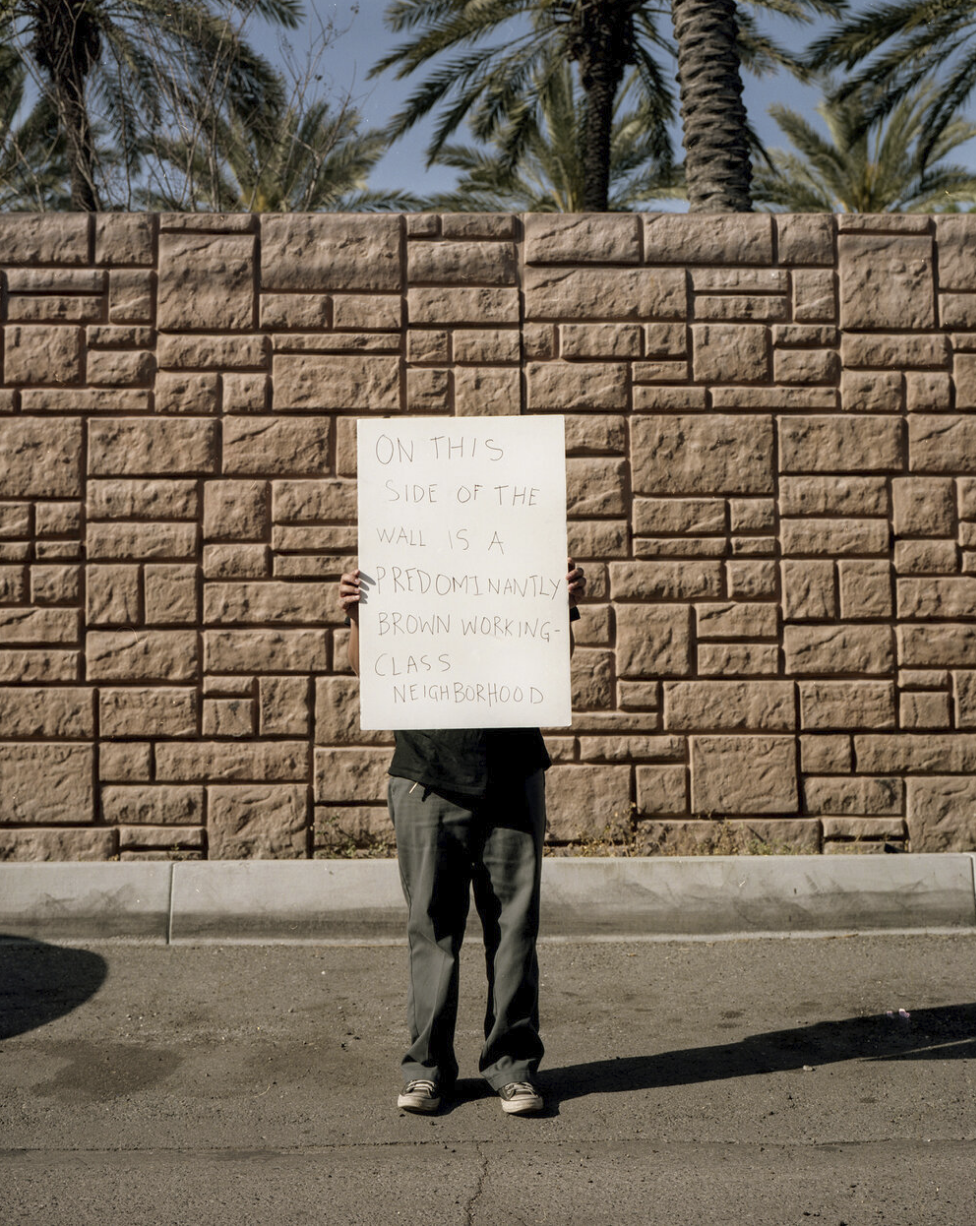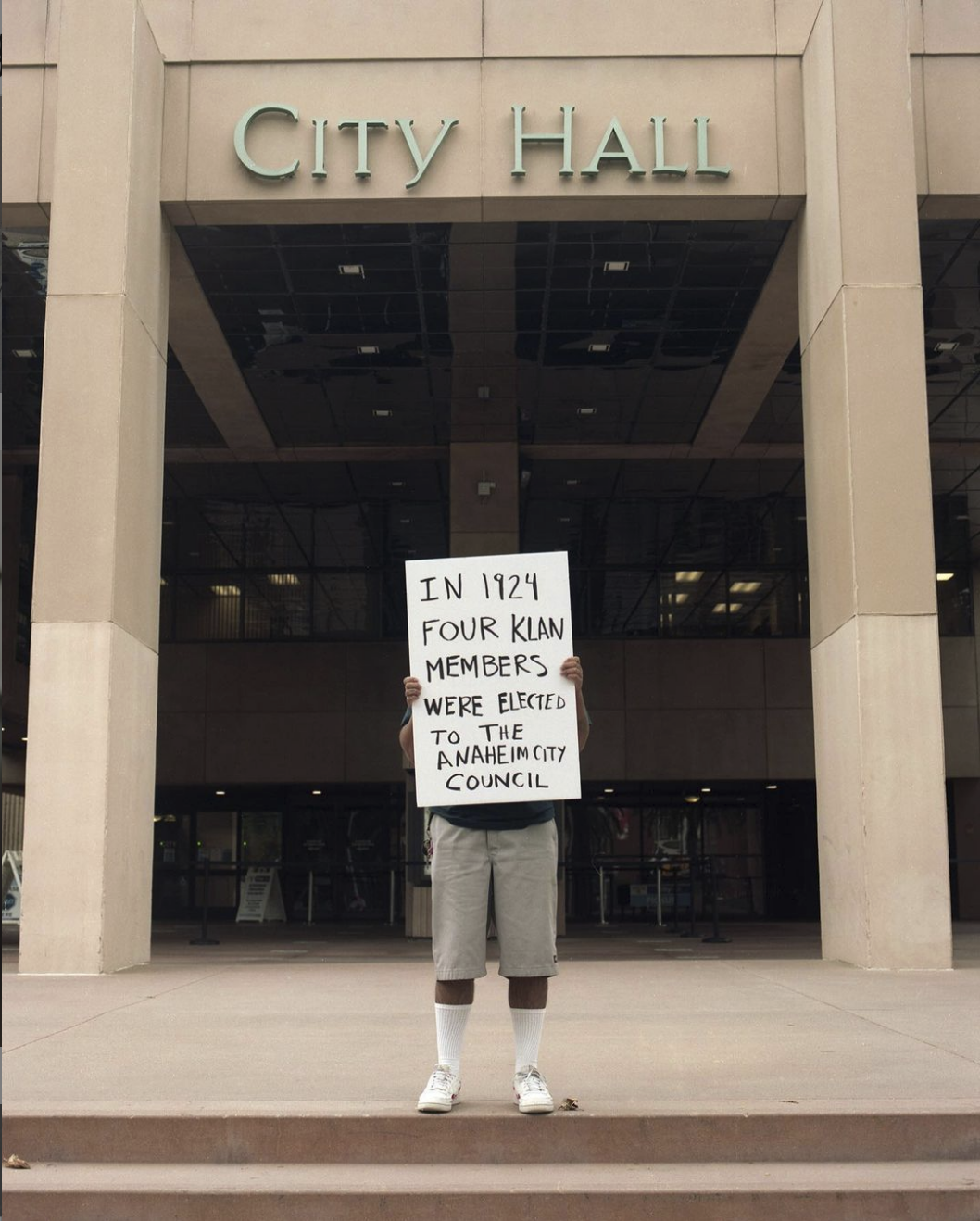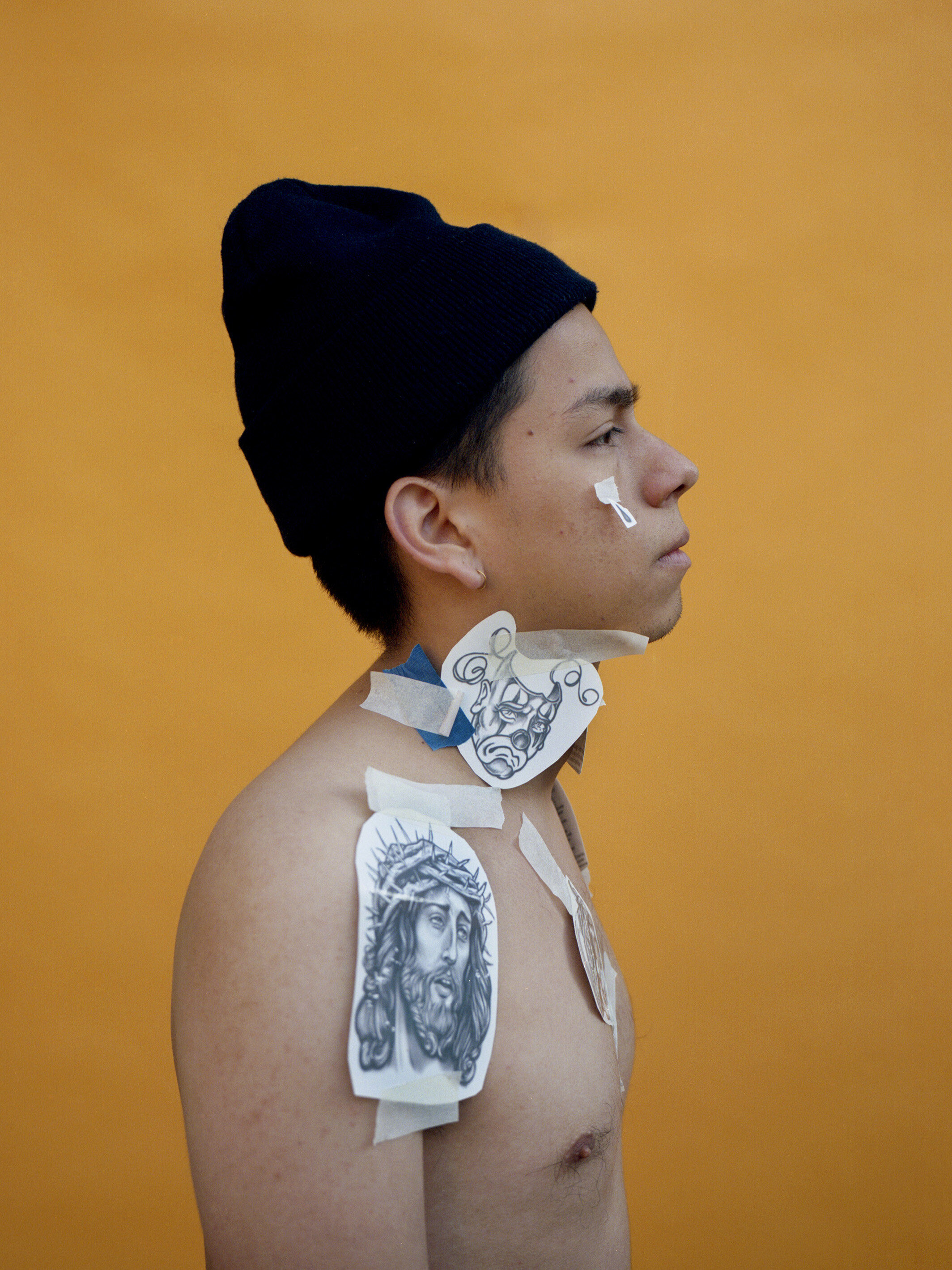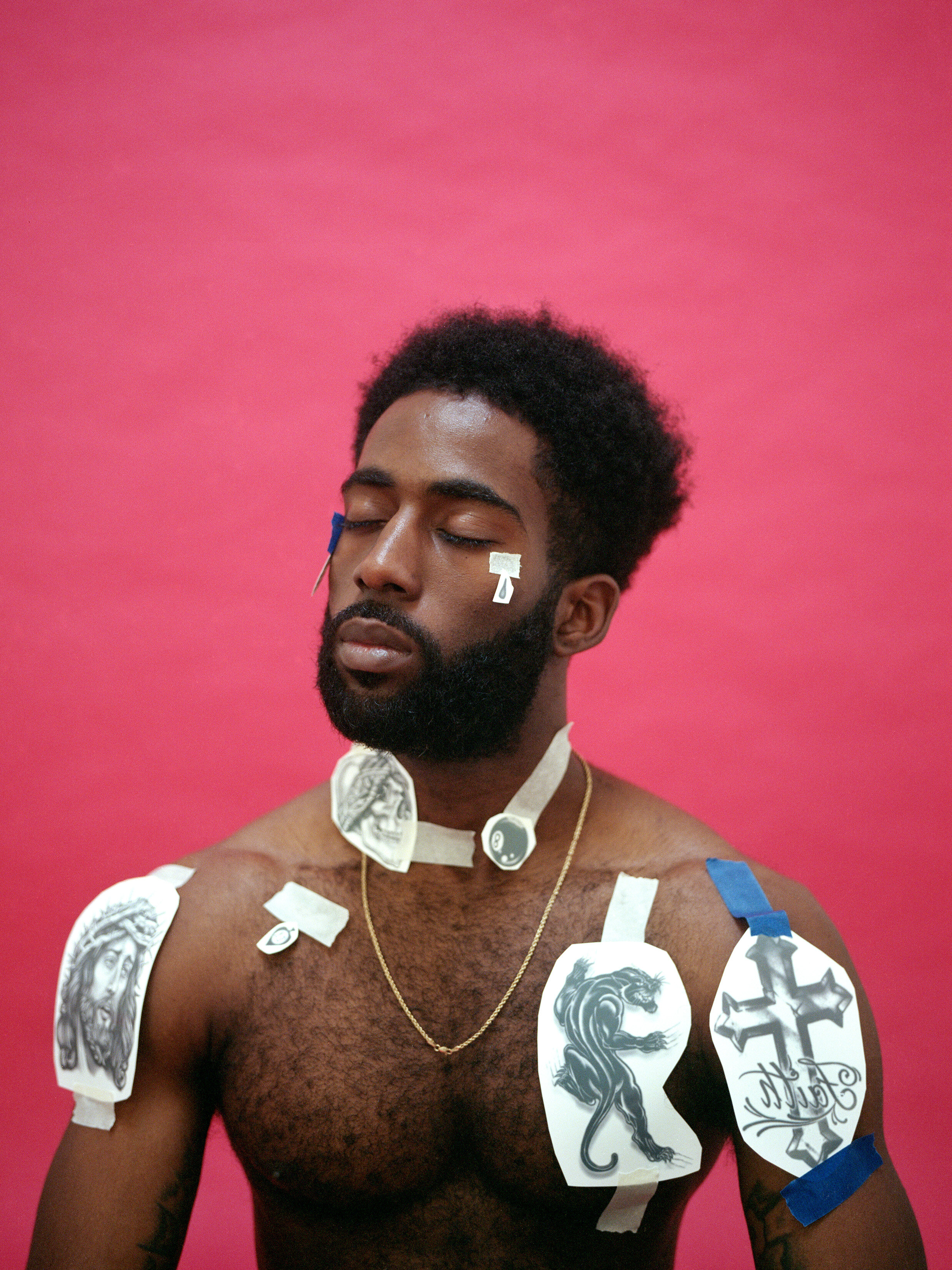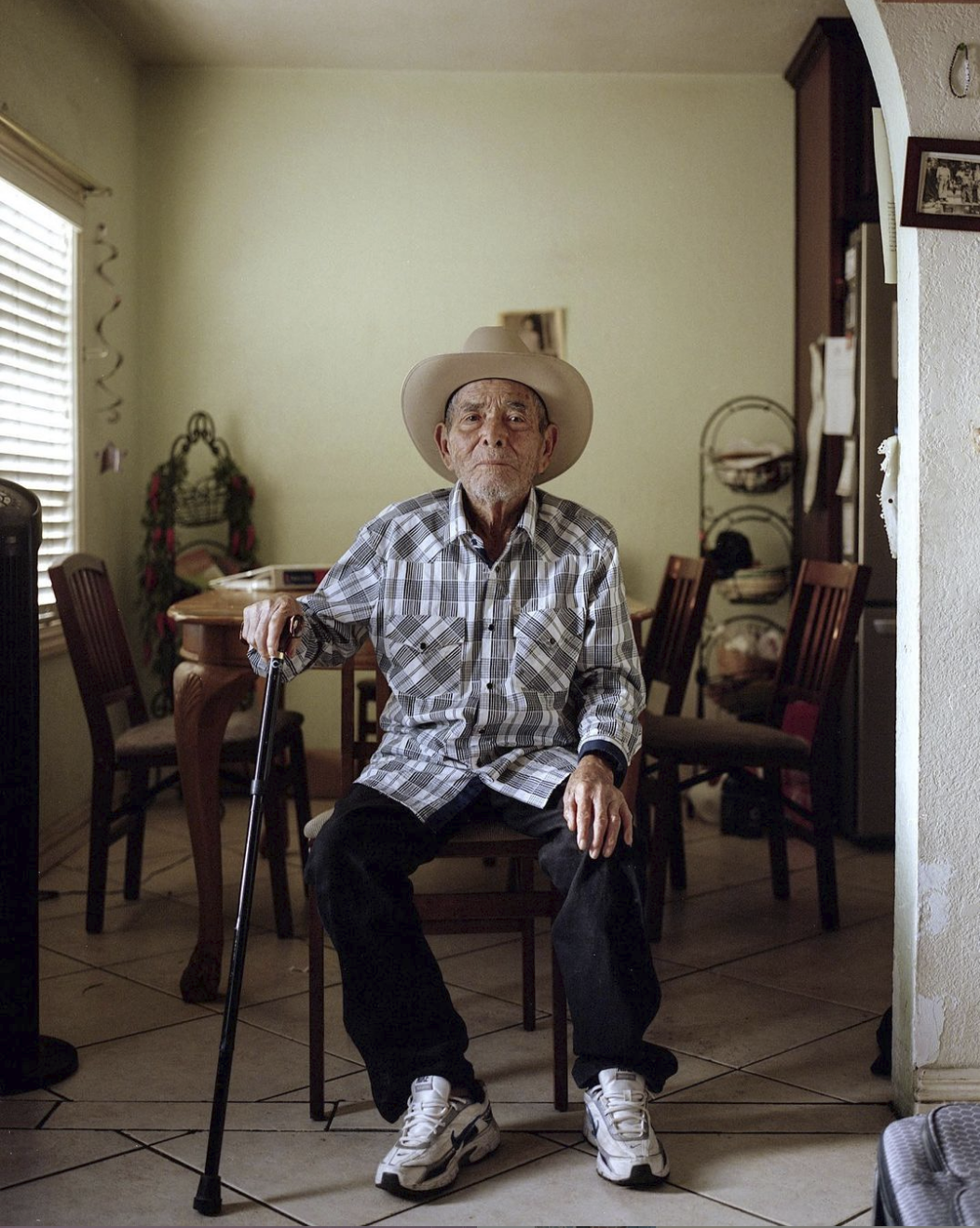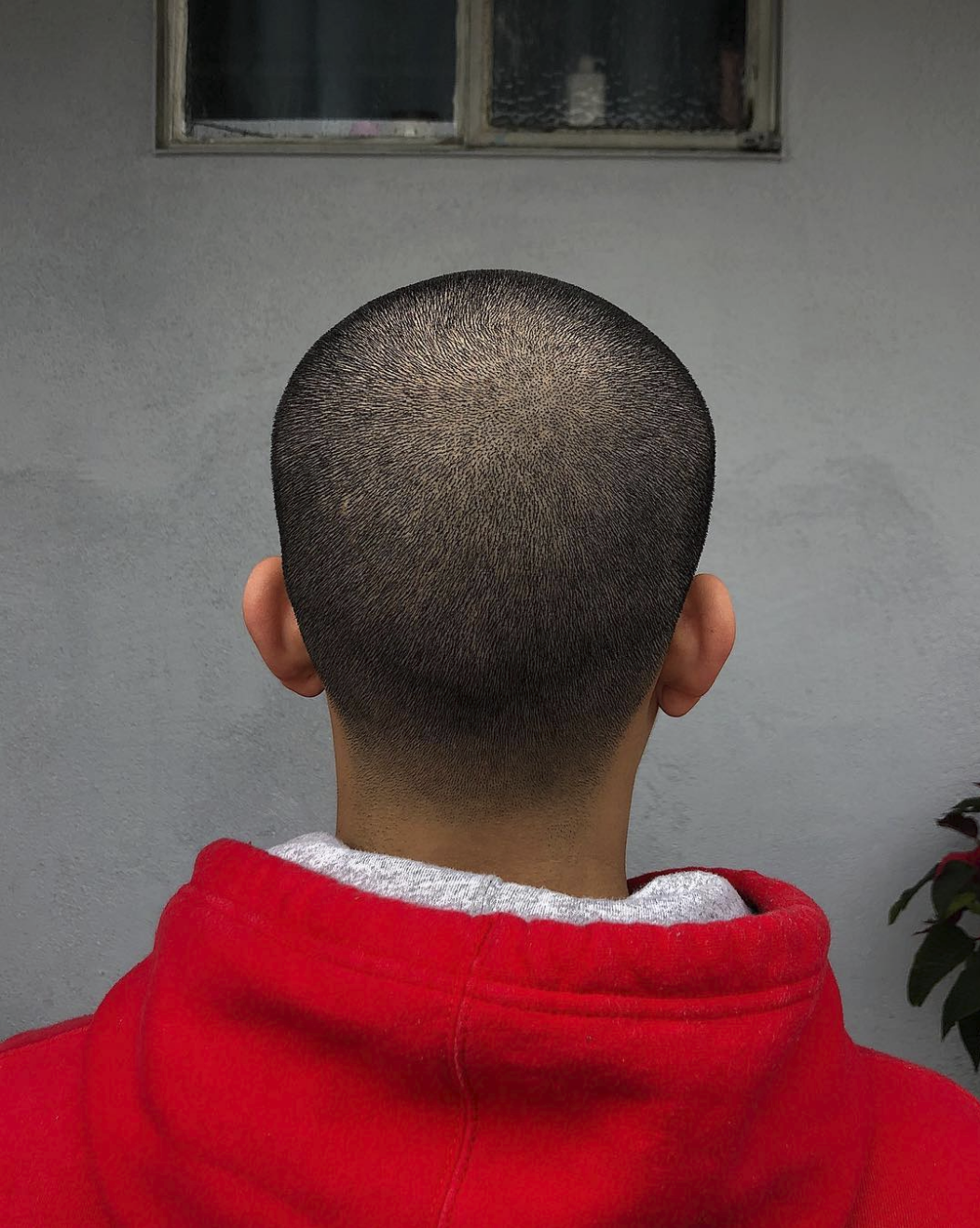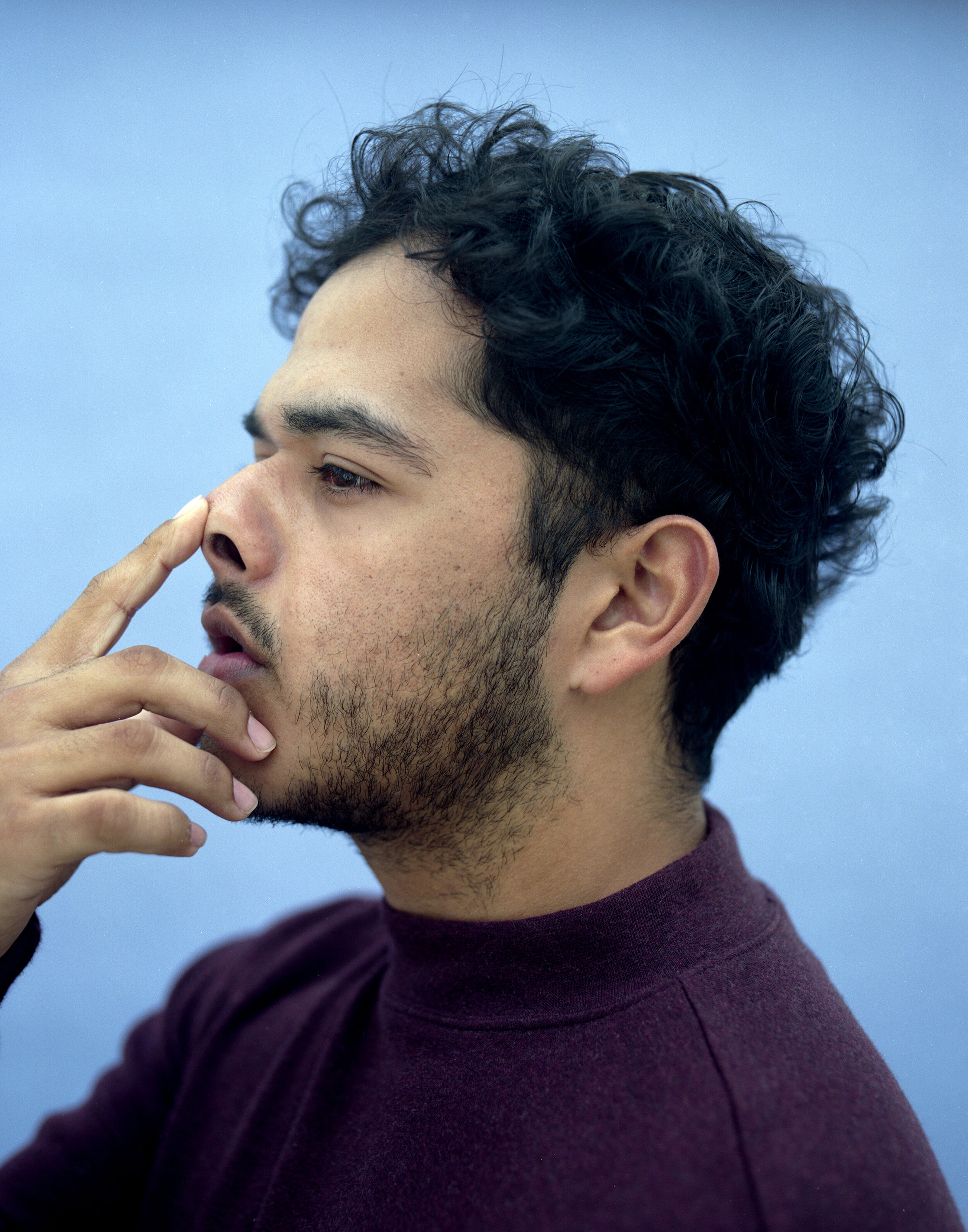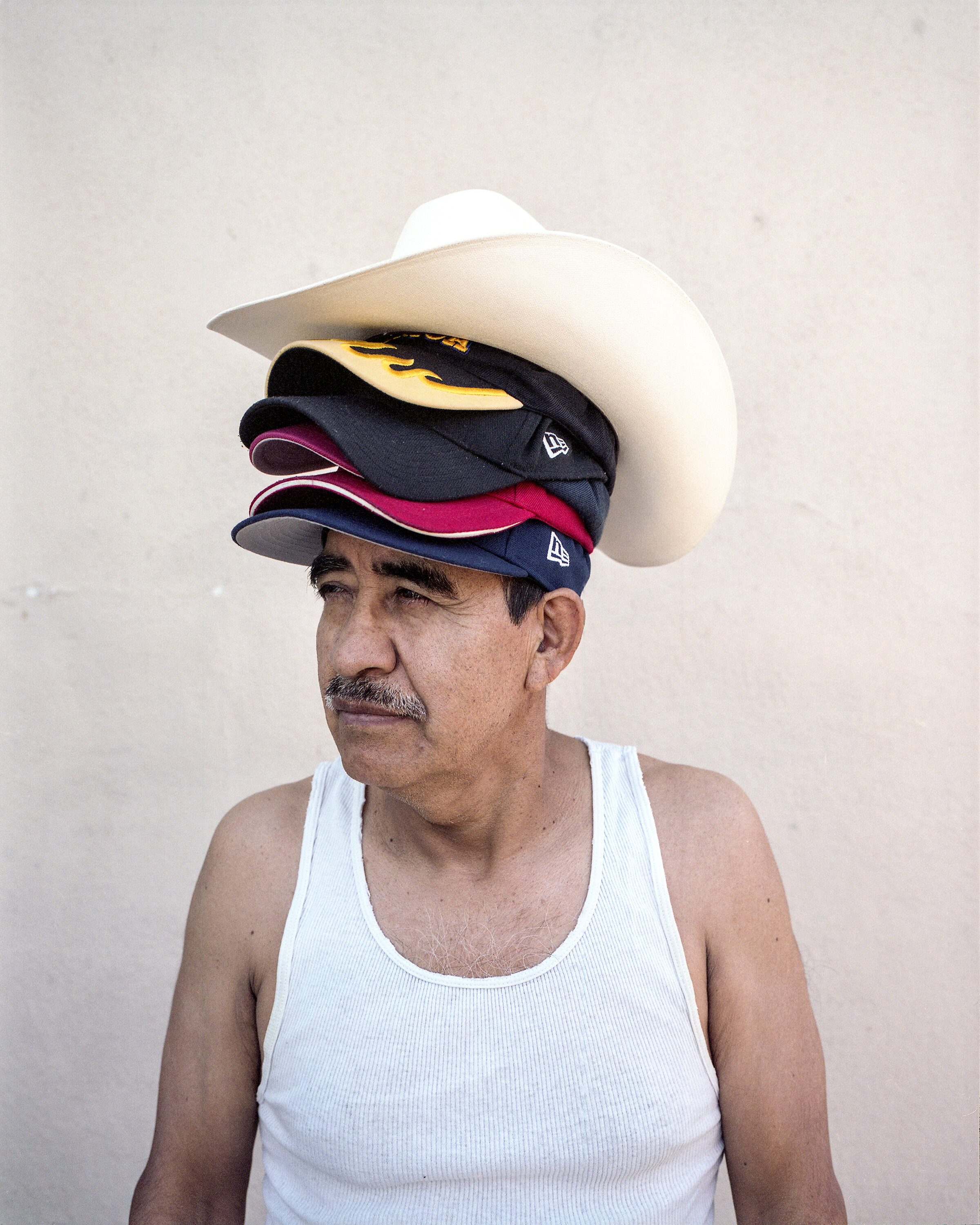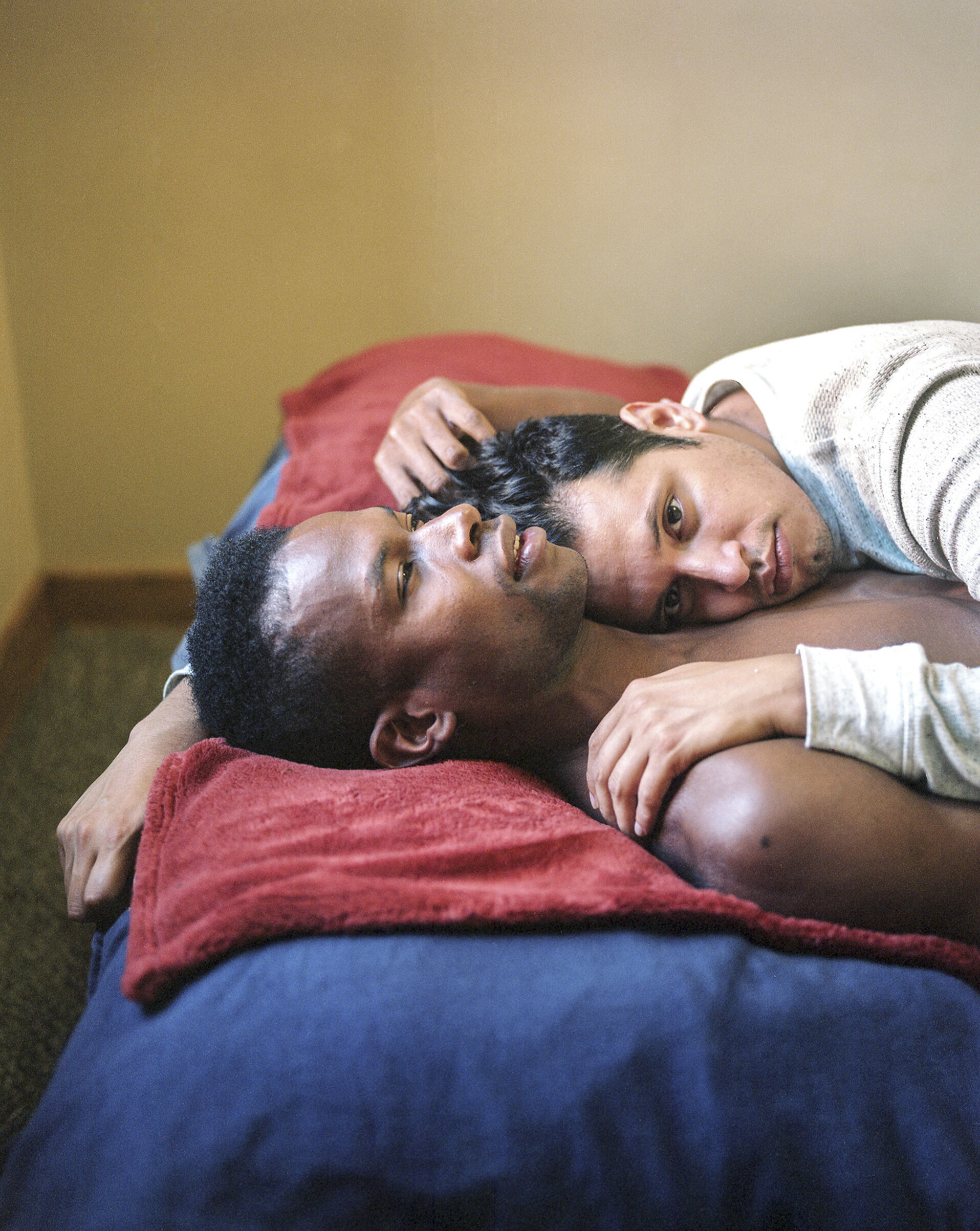William Camargo
This interview is a collaborative effort between myself and Kailyn Bryant, who was a student in Greetings From South LA’s program ‘Art School for College'.
During the program ‘Art School for College’ various visiting artists presented virtual lectures which highlighted the paths they took in pursuing an education in the arts. They spoke about the Colleges they attended, the difficulties they faced, and the various themes their art explores.
William Carmargo presented his work and we decided to work together to interview him and learn more.
All That I Can Carry #1, Archival Inkjet Print 2020
Can you share how growing up in Anaheim shaped the way in which you approach your photography today?
Going through school, I always had trouble figuring out where to start a long-term project or series, it wasn't until undergrad that my professor asked me to think about the place I grew up in. I would do my projects mostly in Los Angeles and in the studio, for practice, I always asked my family and friends for photos but never realized that is where I should have started. I didn't realize there were many stories untold in my neighborhood and my city, those issues were reflected in many cities, for example, racist history, police violence, and many social justice issues pertaining to communities of color. I realized that a place that was where I grew up can be a universal story. Growing up we always lived in the shadows of Disneyland because my family never went to that place, the first time I did go was for grad night because it was cheaper that day.
Lived experience is always rooted in my work, navigating space, and realizing that as a racialized body living in this country there is always going to be this attempt of invalidating BIPOC to exist.
My longest body of work Origins & Displacements: Making Sense of Place, Histories, and Possibilities, originated from my own family archives, being away from home anytime I would come back the first thing I would do is look at the family albums, and think about my families history in this city. I realized that there have been several generations before my family and wondered why I didn't know about their history and their impact in this city. That led to the discovery of archives and forgotten stories that happened in the city I grew up in, and that these systemic erasure of BIPOC stories were everywhere in this country.
How do you begin research for a project? How does your research help inform the images you create?
The research for a project usually derives from revisiting family photos, that is how Origins & Displacements started I would go back home when I was living in Chicago and the first thing I would do is look at my family albums, and then realizing that there must be other stories about families like mine in this city. Because my work is derived from lived experience I wanted to make a connection to my lived experience in Anaheim. I started asking questions as to why my school was predominantly brown, why was my school less funded than the majority-white school in my city. I think history is important in telling stories about race in the United States.
My signage is a response to the research I do, from the archives that I look at, I was thinking of strategies that I learned in academia and use those tools as a way to recontextualize history through a viewpoint of communities of color because the status quo is history told by white men, so there is a lot of erasure that happens and reimagining the archives for better futures.
“Prison”Tattoos purchased from Tinsley Transfer an online store that supposedly helps put tats on actors
In your works "Paisa Torso After Edward Weston" which features real tattoos and “Check out My Tats Tho! [Yellow]" which features taped stencils of tattoos (which were sold online in a package categorized as ‘prison tats’) what conversation are you leading your audience to have about tattoos and their perspective on how they are categorized? (can you also share if there is any significance to the color palette you choose in terms of background)
Even though tattoos are prominent in both works, I like to think I tackle two different issues with both works. In "Check out My Tats Tho" I direct the audience to look at how the commodification of tattoos has further racialized and criminalized Black and brown people with tattoos, just the fact that tattoos that are seen in predominantly Black and brown communities and are automatically put into the prison tab section of the website I found, gave me a false hope that this representation in media has a lot of work to do because it keeps portraying those stereotypes about us so often. It also brings up issues of the prison industrial complex, how overwhelmingly Black people are incarcerated.
In "Paisa Torse After Edward Weston" I look at the reappropriation of his image "Torso of Neil" and my insertion into the canon. And the conversations that need to be had of how we need to look critically at these canonical figures in photography and re-shape those conversations. I also garner inspiration from Hank Willis Thomas's work "Scarred Chest, from the series B®anded, 2003" which I can see similarities with Weston torso photograph as well.
In projects that you use your friends and people you know as models, are there conversations that have sparked because of the concept fueling your work? If so, do these conversations influence how you collaborate with your models?
Around half are my friends, I think I like to see our interactions and the act of my photographing them as mutual, cooperation between each other. I have always disliked the notion of coming into a new place taking a photograph and then leaving. When it is not someone I know very well usually the first meeting is without the camera, and when I do come to take a portrait, I am lugging a pretty hefty camera that I have to put on a tripod, so there needs to be a conversation. I do think those conversations I have with the people I photograph dictate how comfortable someone may look in the photograph. Usually the people I photograph even if they are my friends have never sat down for a portrait so I do my best to make them comfortable enough.
How does the concept of a universal story fuel your passion to communicate the narrative?
I really make my work for a certain crowd, for purposes of accessibility, in that process, the concept of universality comes as there is many histories that are erased, marginalized and so on. During the pandemic, we saw those situations exacerbated and we saw that the stories I was telling with my photographs became more universal. I tend to think when I do my work, I derive it from lived experience, pertaining to my identity, class, and so on, I don't really go into thinking I am going to make this work the most universal I can, that part comes from seeing how connected we are with other communities.
To keep up to date with William’s latest work follow along here:
Website
Instagram
William also curates Family Photo Archives of the Latinx Diaspora


